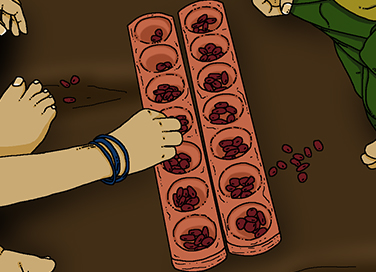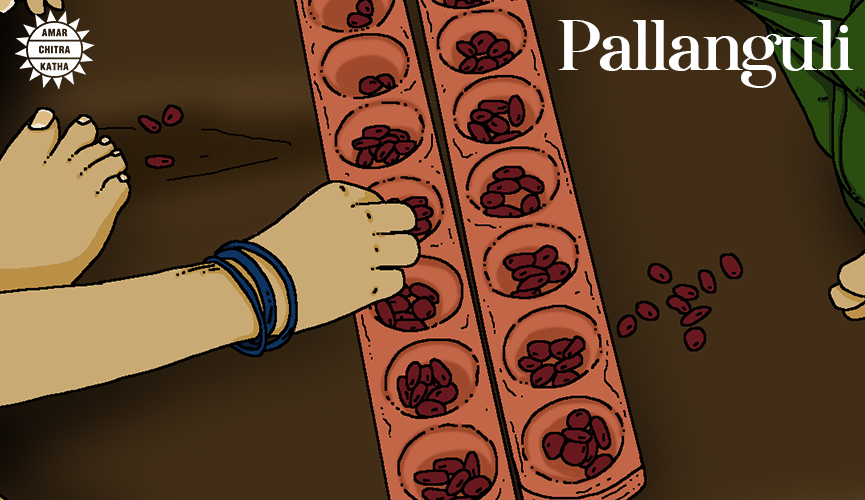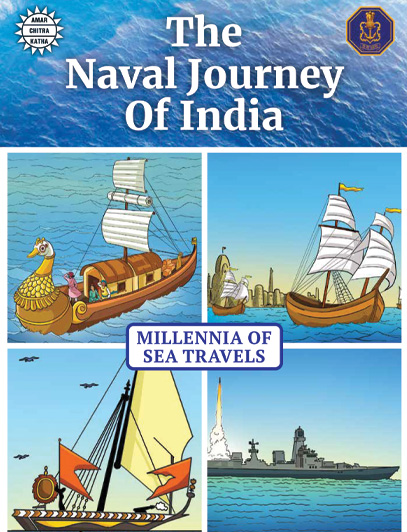The Ancient Game of Pallanguli
- November 17, 2021


The Ancient Game of Pallanguli
- November 17, 2021
By Shivam Pathania

Pallanguli, or Pallanguzhi, is an ancient Indian game that was common especially in Southern India. This traditional game is said to have a mention in the Ramayana. It is also believed to have been invented by the Chola dynasty, when it became a staple in the temple courtyards, especially among women. Traditionally, women play the game during festivities of Shivratri and Vaikuntha Ekadasi, to pass time while they are performing jagran, where they stay awake the entire night.
The name of the game comes from the ‘pathinalam kuzhi’ which means fourteen pits. This is because the game board is made up of two columns, with each column comprising 7 shallow cups i.e. fourteen in total. Seeds, small pebbles or cowrie shells can be used to play the game. The game is played by two players who take turns distributing the shells over each cup. These shells can be captured by the opponent in various ways, depending on the variant of the game being played. The objective of the game is to capture as many shells as possible and the game ends when one player has collected all the shells and is thus declared the winner.
To receive more such stories in your Inbox & WhatsApp, Please share your Email and Mobile number.
Pallanguli is said to improve hand-eye coordination, concentration and also develops the skill to do quick mental calculations, which is why young children are often encouraged to play it. Often, the older members of the household would also play this game in order to spend time with the children. Variations of this game are found all over India as well as in Sri Lanka, Trinidad, Guyana and Singapore.
To receive more such stories in your Inbox & WhatsApp, Please share your Email and Mobile number.

Comic of The Month
The Naval Journey of India Book I
This book is the first of a three-book series that takes a deep and detailed look at India's Naval History and a deep insight into the lives of our men and women in white. But any series on the Indian Navy has to start at the very beginning - exploring India's celebrated maritime history. Join our little hero, Bharat, and his grandfather, Commodore Sagar, as they sail into the deep blue waters of time. Book I of The Naval Journey of India takes a sweeping look at India's maritime endeavours, how the seas impacted us over millennia and how the oceans made us who we are.